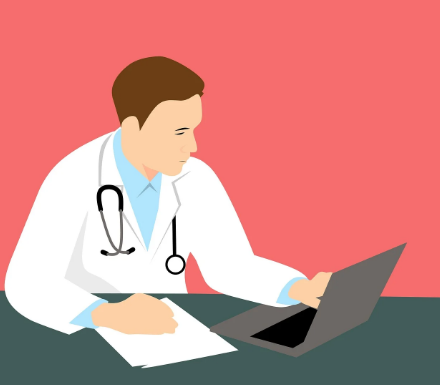The evolution of technology has had an immense impact on our lives, but one industry in particular has seen major improvements as a result of technological advancements: the health care industry. These advancements have vastly improved the manner in which health care providers administer care to their patients. One of the most obvious examples of this is the industry’s adaptation of telemedicine. Telemedicine’s capabilities allow health care professionals to provide quality care to their patients without routine physical visits through a practice known as remote patient monitoring (RPM).
Granted the introduction of RPM was several decades ago, as a result of COVID-19 and its related restrictions, its impact has become more important than ever. This practice is centered around using premier technology that allows health care providers to care for their patients without requiring them to visit their health care facilities. Integrated devices are capable of collecting and transmitting important health-related data back to health care providers in real time, where it is then stored in the electronic health records (EHRs) of a patient’s health care facility and used to monitor their health with the help of a specialist.
Some of the most common RPM devices available include blood pressure cuffs, blood glucose monitors, spirometers which measure a patient’s lung function; and water retention scales that actively help save people diagnosed with heart disease. Patients have learned how to use their devices for accurate measuring and through the use of applications interconnected with their health care provider, can safely transmit the data collected for safe storage.
The frequency in which healthcare providers opt into remote patient monitoring for their patients will continue to expand. Why? Namely because the impact of the COVID-19 pandemic has required more and more of the healthcare providers working through it with even tighter restrictions. Second, as more and more people are diagnosed with chronic conditions such as diabetes, heart disease and high blood pressure more is required of these healthcare providers. Lastly, the convenience of remote patient monitoring, for both physicians and patients, is unmatched.
This wouldn’t be a practice that healthcare providers would consider if it didn’t work, meaning remote patient monitoring is effective. Research has indicated that remote monitoring patients had seen reductions in their blood pressure that were more meaningful than when they were self-monitoring. Asthma patients also saw an improvement in their conditions and have had a reduced reliance on the use of rescue medication.
Coverage for remote patient monitoring from many insurance companies continues to improve as well. Not only that, as the strain on physicians continues as a result of COVID-19, remote patient monitoring can help reduce the shortage of physicians. The demand placed on health care providers isn’t going anywhere anytime soon, so some adjustments have to be made.
Remote patient monitoring has been proven to assist those suffering from chronic diseases like diabetes, heart disease and obesity through the help of dedicated professionals all from the comfort of their homes. For more information on how this practice has changed for the better, check out the infographic coupled alongside this post. Courtesy of Pivot Point Consulting.


